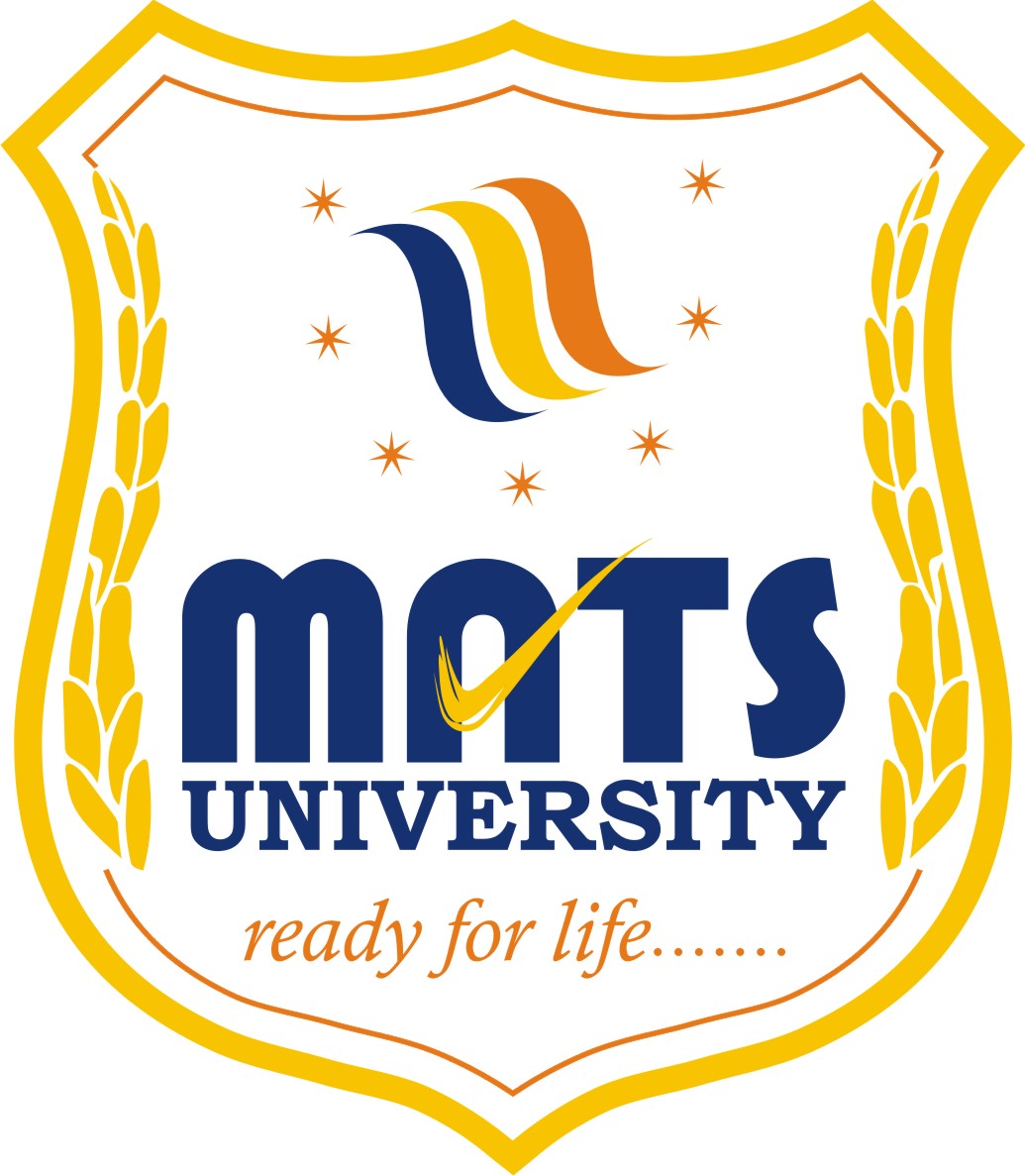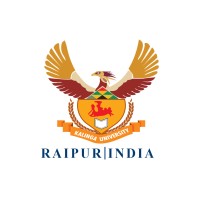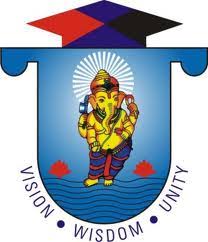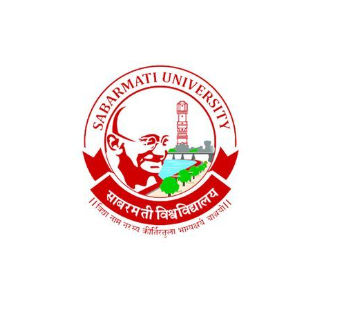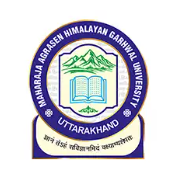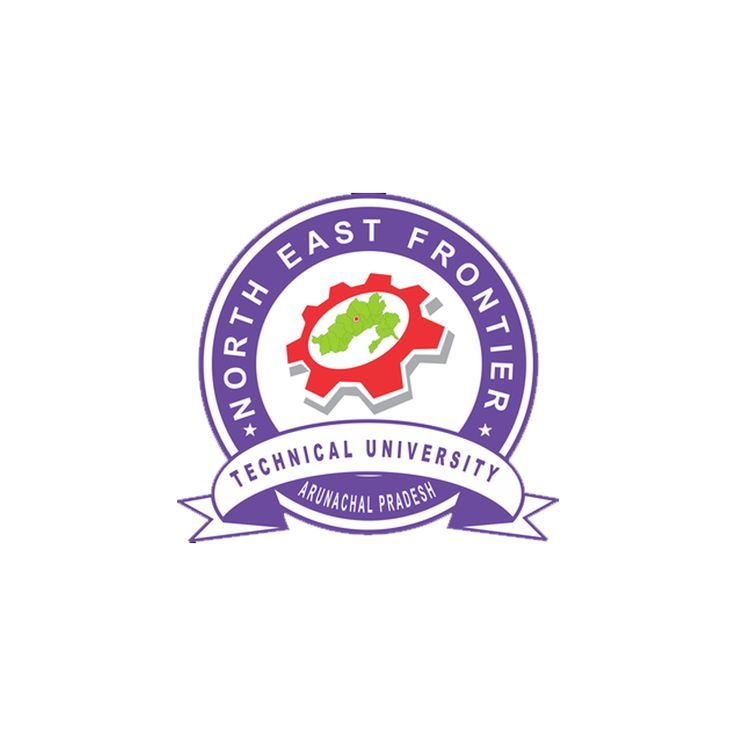All About Material Exclusion & Inclusion (Listing) - Shikshaglobe

What is Exclusion List?
Material rejection/posting is an arrangement to limit a client's purchasing decisions. For instance, on the off chance that specific materials are characterized in "Prohibition List" of a particular client, the client can not buy material from "Rejection List".Model - An organization produce 10 materials and company need to offer simply 6 material to client ABC then organization make a rundown of these 6 material as "Posting List "(items that can be requested) and staying 4 material might be in "Prohibition List". In this situation Customer can purchase just 6 material from "Posting List".Material rejection/posting is constrained by condition method. Framework check for material in "Rejection List" first and later "Posting List". T-code-1. VB01 to make, 2. VB02 to change, 3. VB03 to show.
Material Exclusion
Enter T-code VB01 in order bar.
Click on prohibition type field.
Enter Customer code and legitimacy period.
Enter material code for rejection list.
Material Listing and Exclusion: SAP VB01
Click on save button . A message "Condition records saved" will be shown.
Click here for more
Material Inclusion (Listing):
Material inclusion is the process of identifying and
approving materials, components, or substances that meet specific criteria and
can be used in the production of products or systems. Inclusion typically
involves a rigorous evaluation to ensure that materials are safe, reliable, and
compliant with relevant standards. Here are key aspects of material inclusion:
1. Standards
and Regulations: Inclusion of materials is guided by industry standards,
regulations, and safety guidelines. These standards vary depending on the
industry and the type of product or application.
2. Testing
and Evaluation: Materials considered for inclusion are subjected to rigorous
testing and evaluation to determine their suitability. This may involve
physical, chemical, mechanical, or environmental testing to assess properties
like strength, durability, and resistance to various conditions.
3. Certification:
Once a material is deemed suitable, it may receive certification or approval
from relevant authorities or certification bodies. Certification provides
assurance that the material complies with specified standards and is safe for
its intended use.
4. Documentation:
Inclusion of materials often requires detailed documentation of test results,
compliance with standards, and specifications. Manufacturers and suppliers must
provide this documentation to demonstrate the material's suitability.
5. Usage
Guidelines: Included materials are typically accompanied by usage
guidelines and limitations, ensuring that they are used within their specified
parameters to maintain safety and performance.
6. Monitoring
and Compliance: Ongoing monitoring and periodic reevaluation of materials
may be necessary to ensure continued compliance with evolving standards and
regulations.
Learn more
Material Exclusion:
Material exclusion involves identifying and
prohibiting the use of specific materials, substances, or components in
products or applications due to concerns related to safety, health,
environmental impact, or regulatory requirements. Exclusion aims to prevent the
use of materials that could pose risks or harm. Key aspects of material
exclusion include:
Experience the difference
1. Safety
and Health: Materials may be excluded if they are known to be hazardous to
human health or the environment. This could include materials that emit toxic
fumes, carcinogens, or allergens.
2. Environmental
Impact: Certain materials are excluded based on their adverse environmental
impact, such as those that contribute to pollution, ozone depletion, or global
warming.
3. Regulatory
Compliance: Exclusion often aligns with regulatory requirements and
restrictions imposed by government agencies or international agreements.
Non-compliance can lead to legal consequences.
4. Ethical
Considerations: In some cases, materials may be excluded on ethical
grounds, such as materials associated with child labor or conflict minerals.
5. Substitution:
Material exclusion may encourage the search for safer alternatives, leading to
the development and adoption of more environmentally friendly or sustainable
materials.
6. Periodic Review: Exclusion lists are subject to periodic review and updates to reflect changing scientific knowledge, regulations, and societal concerns.
Examples:
- In
the automotive industry, materials like lead-based paints and asbestos
are excluded due to their health risks, while materials meeting safety and
emission standards are included.
- In
the food industry, certain additives and preservatives may be excluded
if they are found to be harmful to human health, while safe ingredients
are included.
- In
construction, materials like asbestos and lead-based pipes are
excluded due to health concerns, while materials meeting building codes
and safety standards are included.
See also here -->>
Material Listing and Exclusion: SAP VB01
At the point when a client make deals request by t-code VA01 ,for material M-18 ,for client # 1000 , a message "Material M-18 has been barred" showed.
Material Listing and Exclusion: SAP VB01
Material Listing
Enter T-code VB01 in order field.
Select List type .
Material Listing and Exclusion: SAP VB01
Select A001 in spring up as shown beneath
Material Listing and Exclusion: SAP VB01
Enter Customer code ,Valid From/until now .
Enter all material code which client # 1000 can buy.
Click Here
Must Know!
SAP Basis Interview Question |
How to Create Bill of Materials |
Create Material Master for Sales View |
How To Create Sales Order |


